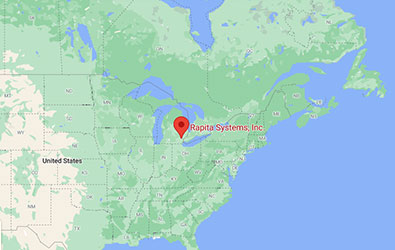DO-332: Object Oriented Technology and related technologies
Object-oriented programming and related techniques offer benefits that can be attractive to software engineers, such as allowing encapsulation, increased code reusability and easier troubleshooting of code issues. As such, these technologies are often used in the aerospace industry.
RTCA DO-332 (Object-Oriented Technology and Related Techniques Supplement to DO-178C and DO-278A) provides additional objectives that apply for design, implementation and verification activities when using object-oriented programming and related techniques in DO-178C projects and clarifies how existing DO-178C objectives and activities apply to projects using these technologies, including a discussion of vulnerabilities that may arise due to using object-oriented programming.

Some examples of extra objectives that must be achieved when using object-oriented programming include planning dynamic memory management and exception management strategies in your software architecture, verifying class hierarchy with respect to high-level requirements, verifying methods with respect to requirements, verifying local type consistency in the source code, and verifying that dynamic memory management and exception management implementations are consistent with your software architecture and high-level requirements.
If you choose to use object-oriented programming in a DO-178C project, you will need to understand the guidance in DO-332 and consider the impact that using the technology will have on all stages of your DO-178C life cycle, including verification. You will need to write up your implementation and verification strategies in your DO-178C planning documents.

 SAIF Autonomy to use RVS to verify their groundbreaking AI platform
SAIF Autonomy to use RVS to verify their groundbreaking AI platform
 Hybrid electric pioneers, Ascendance, join Rapita Systems Trailblazer Partnership Program
Hybrid electric pioneers, Ascendance, join Rapita Systems Trailblazer Partnership Program
 Magline joins Rapita Trailblazer Partnership Program to support DO-178 Certification
Magline joins Rapita Trailblazer Partnership Program to support DO-178 Certification
 How to certify multicore processors - what is everyone asking?
How to certify multicore processors - what is everyone asking?
 Data Coupling Basics in DO-178C
Data Coupling Basics in DO-178C
 Control Coupling Basics in DO-178C
Control Coupling Basics in DO-178C
 Components in Data Coupling and Control Coupling
Components in Data Coupling and Control Coupling
 DO-278A Guidance: Introduction to RTCA DO-278 approval
DO-278A Guidance: Introduction to RTCA DO-278 approval
 ISO 26262
ISO 26262
 Data Coupling & Control Coupling
Data Coupling & Control Coupling
 Verifying additional code for DO-178C
Verifying additional code for DO-178C
 DO-178C Multicore In-person Training (Bristol)
DO-178C Multicore In-person Training (Bristol)
 XPONENTIAL 2025
XPONENTIAL 2025
 Avionics and Testing Innovations 2025
Avionics and Testing Innovations 2025
 DO-178C Multicore In-person Training (Fort Worth, TX)
DO-178C Multicore In-person Training (Fort Worth, TX)













